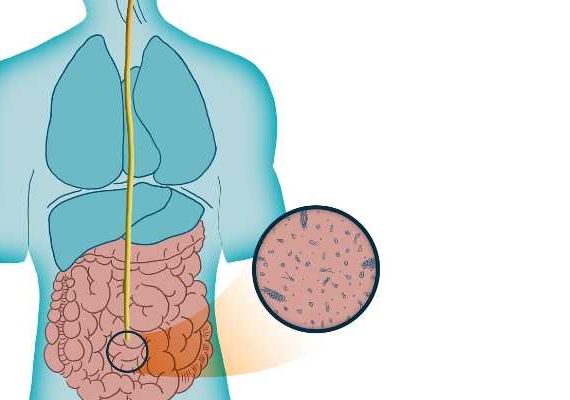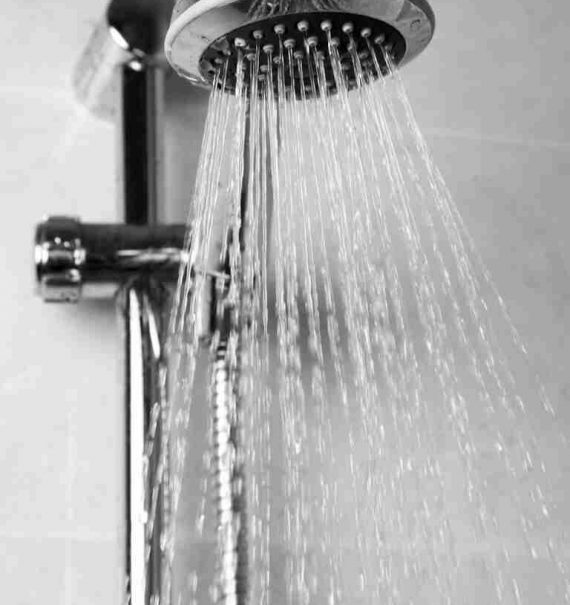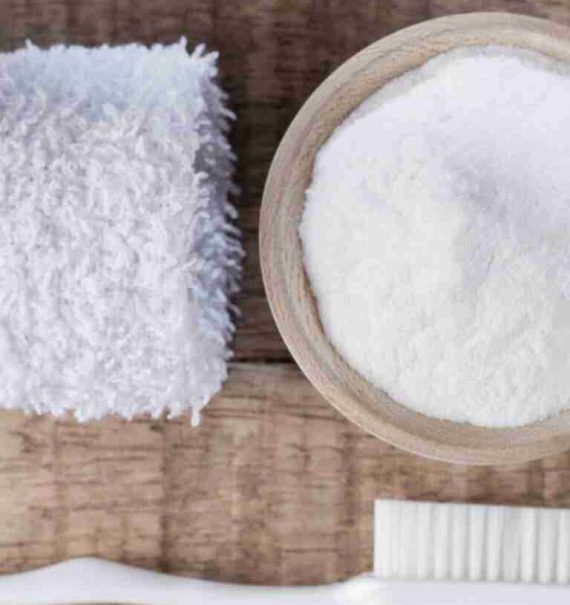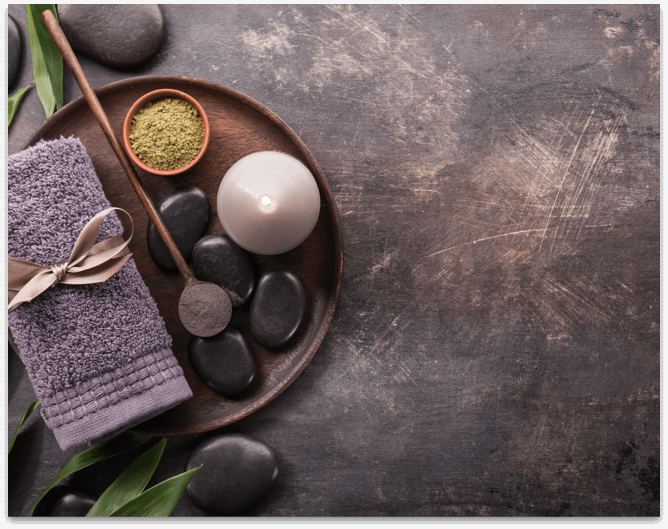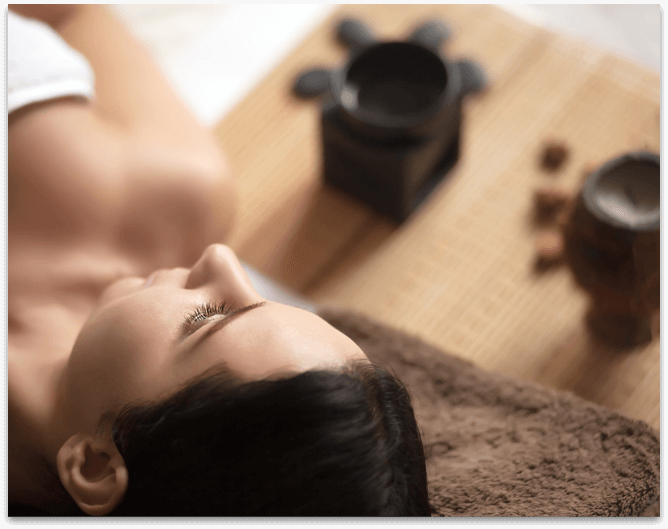Restorative movement is a form of movement characterized by slow, gentle movements that are designed to be comfortable, relaxing, and non-strenuous. Your body is designed for movement. Our modern sedentary lifestyle does not encourage the type of movement our bodies need for optimal health.
Our lack of activity has caused many of us to lose some specific movement capabilities in our major joints.
Loss of mobility is NOT a normal part of the aging process. In fact, research shows that we have the ability to restore lost mobility and improve alignment well beyond what we believe.
The first signs of chronic pain surfaced in my late 30s/early 40s. First, little aches and pains became part of my morning routine. It would take a hot shower and moving around for an hour or so for the pain to dissipate. Over the next few years, the pain intensified and stayed with me longer during the day. I noticed that I was moving more slowly up and down the stairs and many other daily activities. I felt young mentally but my body felt like it was slowing down.
Supporting the Body's Natural Healing Ability
Restorative Exercise is a type of movement that is designed to help the body heal and repair itself. It involves gentle, low-impact movements that restore balance to the body and promote recovery from injuries or stress.
Unlike other types of exercise that may be more strenuous or high-impact, it focuses on movement quality over quantity, and emphasizes proper alignment and technique. Focusing on proper movement patterns and posture, Restorative Exercise can help reduce the risk of injury and improve overall physical function.
This can also help increase flexibility, strength, and balance, and improve circulation and oxygenation of the blood. Additionally, Restorative Exercise can have mental health benefits, such as reducing stress and anxiety levels and promoting a greater sense of well-being.
Overall, Restorative Exercise is a gentle and effective way to support the body’s natural healing and recovery processes.
A Focus on Alignment and Posture
Restorative movement is designed to rebuild healthy alignment and mobility.
Alignment and posture are two of the most important aspects of restorative movement. Good alignment helps to ensure that your body is moving in a safe and efficient way, while good posture helps to keep your spine healthy and pain-free.
If you are new to restorative movement, it is a good idea to start with a few basic exercises and gradually increase the duration and intensity of your workouts as you become stronger and more flexible. You may also want to consider working with a qualified instructor who can teach you proper alignment and posture.
Principles of Restorative Movement

Rebalance
Techniques that focus on slow, methodical movements help to release tight muscles and rigid fascia, rebalancing the tissues that support posture.
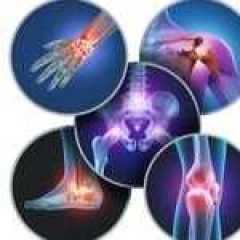
Realign
Using movement to build body awareness, provides the knowledge to use good posture in daily activities.
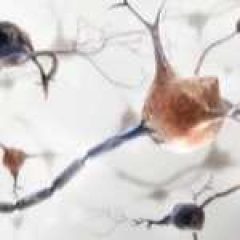
Rebuild
Building strength and flexibility supports functional daily activity.

Recover
Resting and engaging in lower intensity activity provides the conditions for the body and nervous system to reset.
Other Potential Health Benefits include:
Some of the key benefits include:
- Reduced pain and stiffness: Restorative movement can help to reduce pain and stiffness by releasing tight muscles and fascia, and by improving joint function.
- Improved flexibility and mobility: Restorative movement can help to improve your range of motion and flexibility, which can lead to reduced pain and improved physical function.
- Improved conditioning and strength: Restorative movement can help to improve your overall fitness by strengthening your muscles and improving your cardiovascular health.
- Improved balance and stability: Restorative movement can help to improve your balance and stability, which can reduce your risk of injury and improve your athletic performance.
- Improved alignment and posture: Restorative movement can help to improve your alignment and posture, which can lead to reduced pain and improved physical function.
- Reduced stress and anxiety: Restorative movement can help to reduce stress and anxiety levels by promoting relaxation and well-being.
When we find ease in our bodies, it ripples into our emotional, mental and spiritual lives.
Pam
Restoring Wellness & Maintaining Fitness
Wellness and fitness require activity as well as rest and rejuvenation. Learning how to listen to the wisdom of our bodies will improve our quality of life. It is a critical step in supporting the body in repair and regeneration. Rest and relaxation are just as important as effort in maintaining a healthy body.
Restorative movement is recommended for any level of fitness. High-intensity exercise requires some recovery time for maximum benefit. Beginners will benefit from learning proper posture and techniques to ensure their fitness journey will not be cut short.
Downregulating the Nervous System
Perhaps the most important thing that differentiates these techniques is that they activate the parasympathetic (rest and digest) nervous system.
Our modern lifestyle with the high levels of stimulus, cause an over active sympathetic nervous system causing a variety of physical and mental health issues. It can lead to chronic stress and anxiety, increased heart rate and blood pressure, and digestive problems. It can also cause insomnia, fatigue, and a weakened immune system. Over time, an overactive sympathetic nervous system can contribute to the development of more serious health conditions, such as cardiovascular disease and diabetes.
Final Thoughts
The goal of restorative movement is to help individuals develop greater body awareness and improve flexibility, balance, and overall well-being. Examples include yoga, tai chi, qigong, Feldenkrais Method, and gentle stretching and range-of-motion exercises.
Chronic pain and stiffness can be managed with the right type of movement. As long as we keep moving, our cells continue to regenerate and can adapt and restore much of the strength, flexibility, and range of motion of our younger years.
The right type of food, movement, and sleep are all important to maintaining the ability of our bodies to recover. Restorative movement with its focus on gentle movements to improve posture and alignment is the antidote to chronic pain caused by imbalances. The challenge for us is finding and sticking to those habits that support the body’s healing capacity.
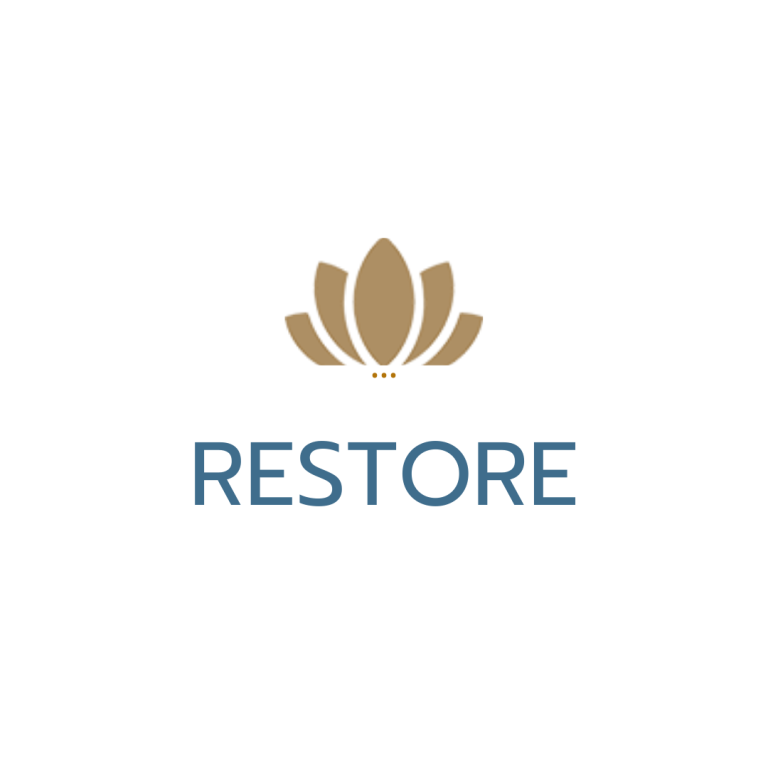
Join Our Online Platform
Creating new habits requires making choices that align with your objectives. Like most of us, I find the start of a fitness routine challenging. It takes time to really internalize the routine. Nothing is more powerful than community to motivate commitment to change.
We are committed to providing an inclusive fitness experience for people from all walks of life.
FAQs
Frequently asked questions about Restorative Movement.
Restorative movement is a gentle approach to exercise that focuses on improving flexibility, range of motion, and overall body awareness. It is often used as a way to recover from injuries, improve chronic pain conditions, and reduce stress.
Restorative movement is suitable for people of all ages and fitness levels. It is especially beneficial for people with chronic pain conditions, such as arthritis, fibromyalgia, and back pain. It can also be helpful for people who are recovering from injuries, such as surgery or a fall.
Restorative movement has many benefits, including:
- Improved flexibility and range of motion
- Reduced pain and stiffness
- Increased body awareness and coordination
- Improved balance and stability
- Reduced stress and anxiety
- Improved mood and sleep quality
Yes, restorative movement can be beneficial for people with chronic pain conditions. However, it is important to start slowly and gradually increase the intensity and duration of your practice.
Yes, restorative movement can be beneficial for pregnant women. However, it is important to modify the poses as needed and to avoid any poses that put pressure on the abdomen.
If you have any other questions about restorative movement, please talk to your doctor or a certified instructor.

